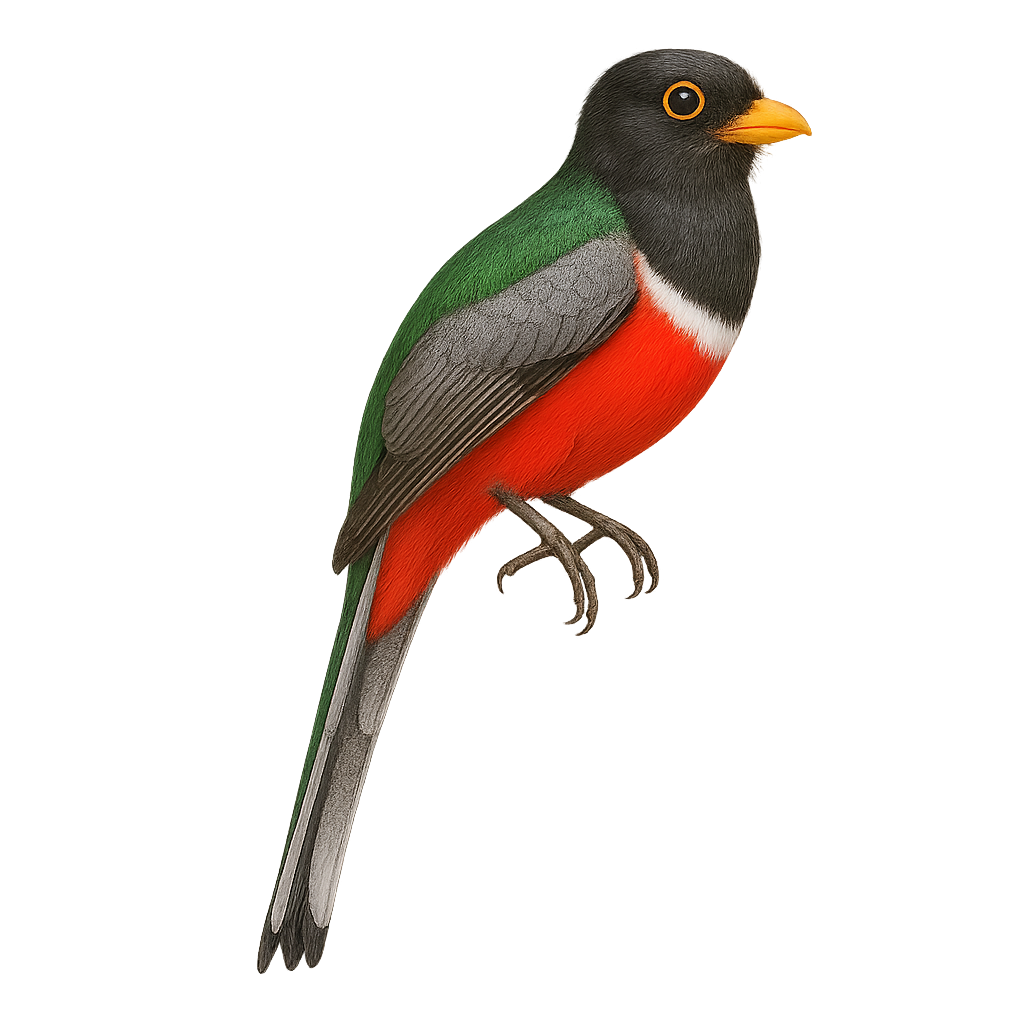Your wildlife photography guide.
Explore the elegant trogon in detail, study its behavior, prepare your shots.
Where to observe and photograph the elegant trogon in the wild
Learn where and when to spot the elegant trogon in the wild, how to identify the species based on distinctive features, and what natural environments it inhabits. The WildlifePhotographer app offers tailored photography tips that reflect the elegant trogon’s behavior, helping you capture better wildlife images. Explore the full species profile for key information including description, habitat, active periods, and approach techniques.
Elegant Trogon
Scientific name: Trogon elegans

IUCN Status: Least Concern
Family: TROGONIDAE
Group: Birds
Sensitivity to human approach: Suspicious
Minimum approach distance: 10 m
Courtship display: April to May
Incubation: 17-19 jours
Hatchings: April to June
Habitat:
Tropical forests, subtropical forests, wooded areas
Activity period :
Primarily active during the day, with peak activity in the morning and late afternoon.
Identification and description:
The Elegant Trogon is a colorful and fascinating bird, primarily found in the tropical and subtropical forests of Central and North America. It features a striking plumage with shades of green, red, and white, making it easily recognizable. Males display a metallic green head and back, while their chest is bright red. Females, on the other hand, have more subdued tones, with shades of brown and gray. This bird is often seen perched silently in trees, feeding on insects and fruits. It is known for its melodious song, which resonates in the forests it inhabits. The Elegant Trogon is a symbol of the biodiversity of the regions it inhabits and is appreciated by birdwatchers and photographers for its stunning beauty.
Recommended lens:
400mm – adjust based on distance, desired framing (portrait or habitat), and approach conditions.
Photography tips:
To photograph the Elegant Trogon, it is advisable to use a telephoto lens of at least 400mm to capture detailed images from a distance. As this bird is often perched in trees, it's best to photograph it early in the morning or late in the afternoon when the light is soft. Be patient and discreet to avoid scaring it away, and use a tripod to prevent motion blur. Take advantage of its colorful plumage by looking for angles that highlight its vivid hues.
The WildlifePhotographer App is coming soon!
Be the first to explore the best nature spots, track rutting seasons, log your observations, and observe more wildlife.
Already 1 449 wildlife lovers subscribed worldwide

